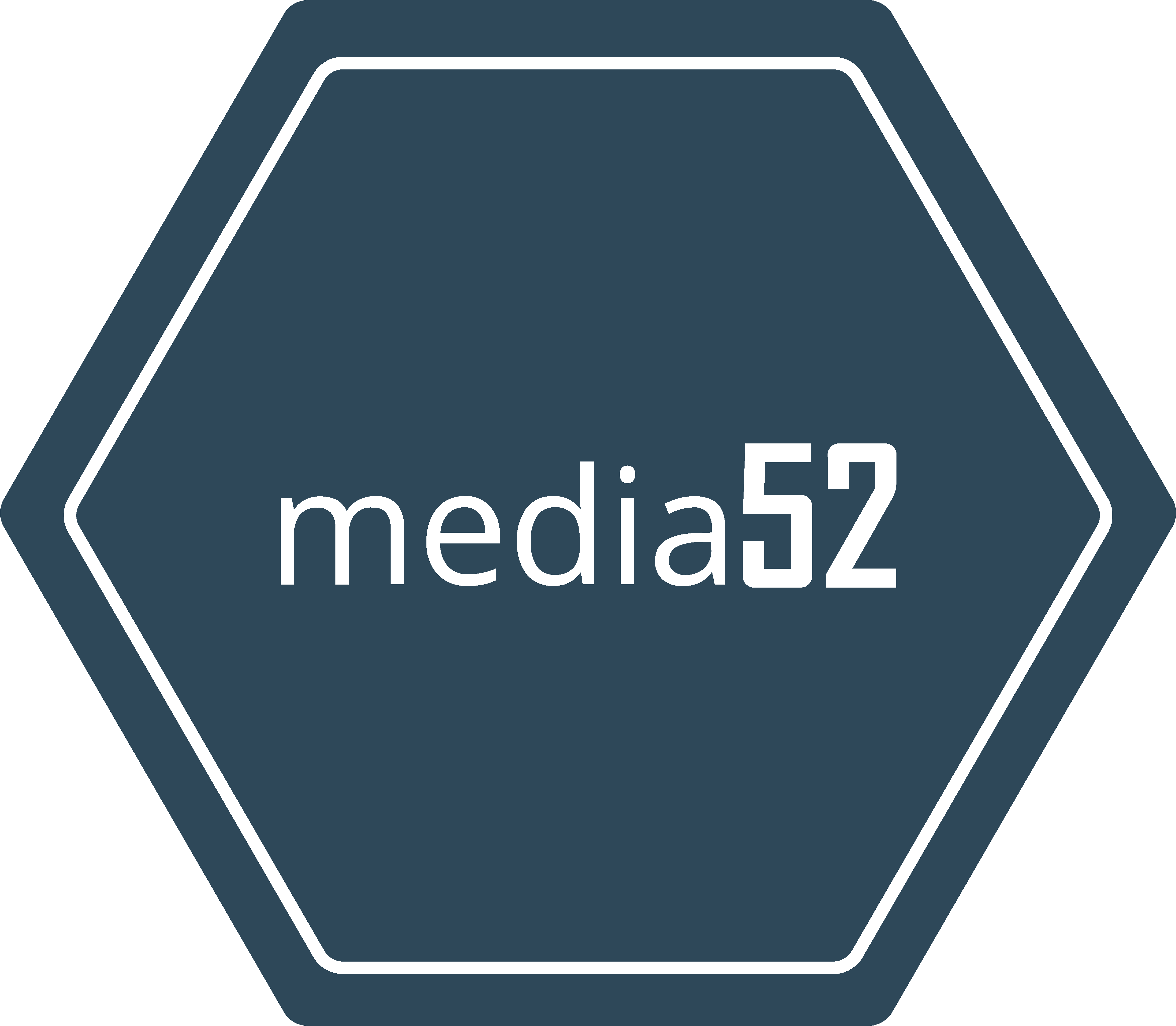New EU AI Regulations Enhance Transparency and Compliance

Amsterdam, Friday, 1 August 2025.
Starting August 2, 2025, the EU implements new AI regulations to improve transparency, safety, and accountability, affecting AI companies across Europe, including the Netherlands.
New EU AI Regulations Set to Strengthen Compliance
Beginning August 2, 2025, the European Union’s AI Act mandates that providers of general-purpose AI models adhere to stricter transparency, safety, and accountability regulations. This legislative initiative, regarded as the first comprehensive legal framework for AI, introduces risk-based rules and outlines four categories of risk: unacceptable, high-risk, limited risk, and minimal or no risk systems, with specific compliance obligations for high-risk applications [1][3][6].
Guidelines and Tools for AI Compliance
To facilitate compliance, the European Commission has published guidelines and a template to help AI providers summarize the data used in their models. This initiative is critical for fostering transparency and enabling providers to publicly disclose training data content, thus helping stakeholders, such as copyright holders, exercise their rights. The AI Act mandates that all general-purpose AI systems on the market comply by 2027, although systems marketed after August 2, 2025, must adhere to the regulations immediately [1][4][5].
The Role of Governance in the AI Act
A key component of the AI Act is its governance structure, which includes both EU-level advisory bodies and national competent authorities. These bodies are tasked with overseeing and enforcing the enactment of regulations, ensuring that AI systems meet risk assessment protocols and adhere to specific safety requirements. The European AI Board, composed of member states, is fully operational and cooperating with national authorities to align efforts across the continent [2][4].
Implications for AI Developers and Companies
Companies operating in the EU, including those in the Netherlands, must navigate these new regulations, which impose stricter obligations on AI developers, particularly those creating high-risk models. Adherence to the AI Act not only mandates meticulous risk assessment and documentation but also requires notification to the European Commission for models posing significant systemic risks. Failure to comply with these obligations can result in severe penalties, thus making compliance a top priority for stakeholders [1][3][6].
Bronnen
- digital-strategy.ec.europa.eu
- digital-strategy.ec.europa.eu
- digital-strategy.ec.europa.eu
- digital-strategy.ec.europa.eu
- www.artificial-intelligence-act.com
- artificialintelligenceact.eu

